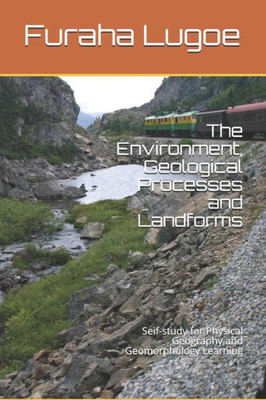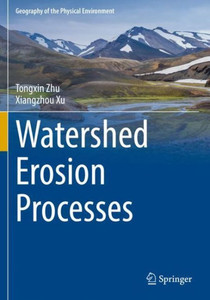
The Environment, Geological Processes And Landforms: Seif-Study For Physical Geography And Geomorphology Learning
Independently published
ISBN13:
9781790850990
$35.00
Central to ecosystems is the concept of energy flow and interdependence between organisms exemplified by the biochemical cycles. The independence leads to checks and balances and hence stability in the undisturbed environment. It is acknowledged that human activities and consumption patterns have, in no small measure, altered the natural state of the environment and brought about instability. In eliminating parasites, for example, the use of industrial chemicals kills many more organisms than envisaged and pollutes the air and water with grave consequences to people. The changes in the environment as human beings exploit the natural resources deserve a deeper study with regard to agriculture, mining and industrialization. The intensities of the changes are closely associated with human numbers and settlements. Invariably, these topics have had to be brought into this book against orthodox thought that they belong to the realm of human and not physical geography. One might contend that these topics form a grey area between the two sections of geography and the student is well advised to take note of this fact. Landforms are the distinct geometrical configurations of the Earth's surface. Together, they ascribe the relief and drainage patterns and comprise the physical undulations of the terrain. Landforms can be classified according to their geological structure including the underlying rock types and age, their depositional or erosional formation and topographically. This classification bears no solid boundaries. The topographical aspect of landforms can wholly and entirely be studied analytically through topographical mapping and terrain modeling. However, the interpretation of the pertinent data, maps and models will consider geological aspects of their formation. Topographical texture, for example, is controlled by the rock overburden, rain water infiltration rate and vegetation cover. It in turn requires recourse to geological processes, the hydrology and climate.
- | Author: Furaha Ngeregere Lugoe
- | Publisher: Independently Published
- | Publication Date: Feb 25, 2019
- | Number of Pages: 474 pages
- | Language: English
- | Binding: Paperback
- | ISBN-10: 1790850991
- | ISBN-13: 9781790850990
- Author:
- Furaha Ngeregere Lugoe
- Publisher:
- Independently Published
- Publication Date:
- Feb 25, 2019
- Number of pages:
- 474 pages
- Language:
- English
- Binding:
- Paperback
- ISBN-10:
- 1790850991
- ISBN-13:
- 9781790850990





